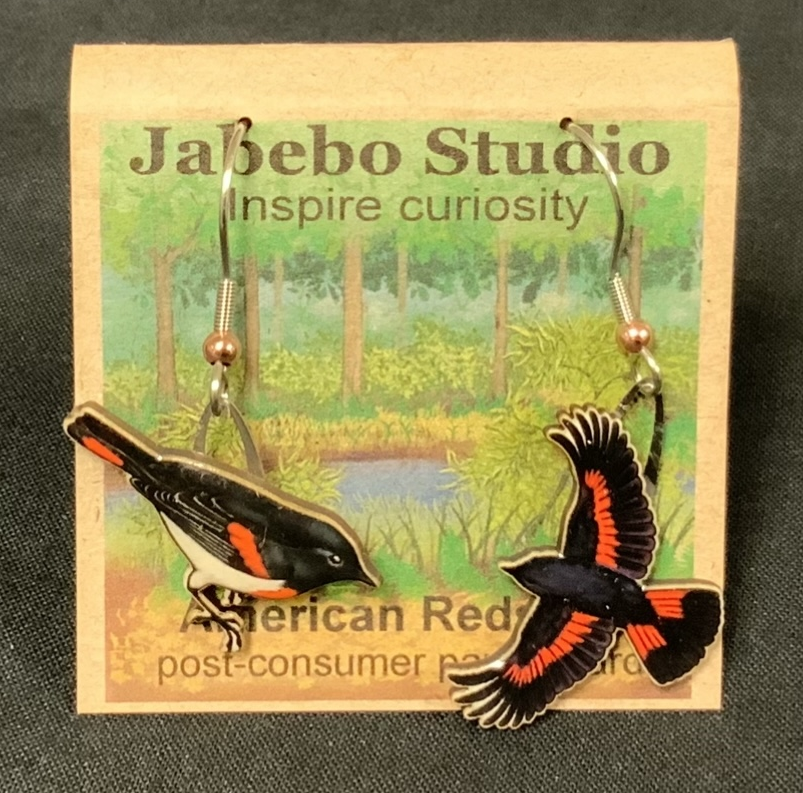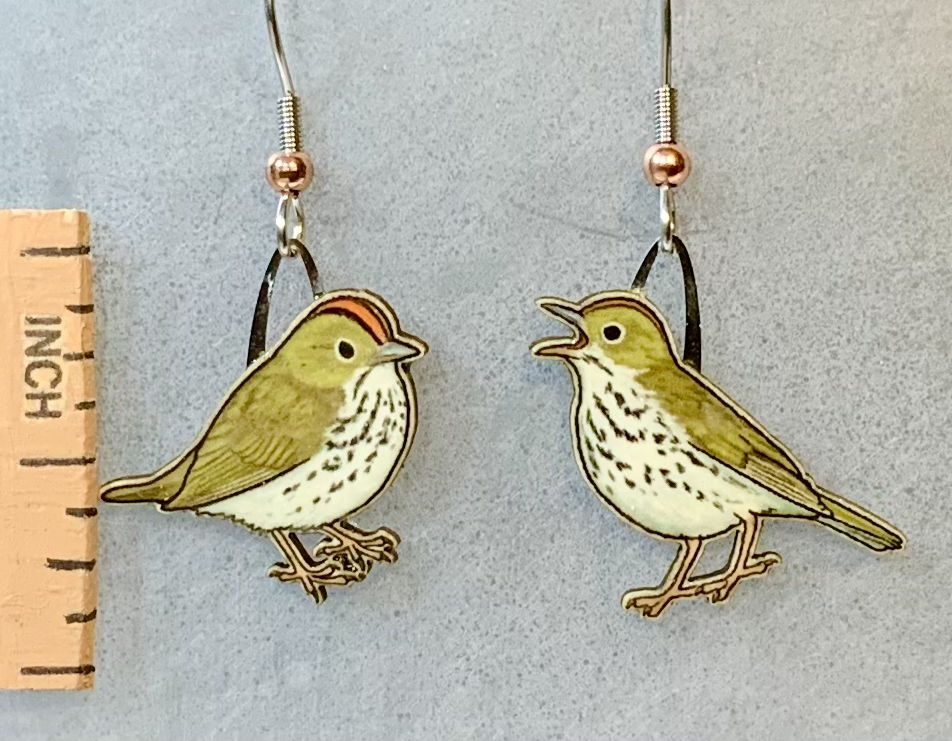
These small birds are very common in denser forests of the northern half of the continent. Throughout the breeding season you can often hear their crescendoing call of “teacher Teacher TEAcher TEACHer…”

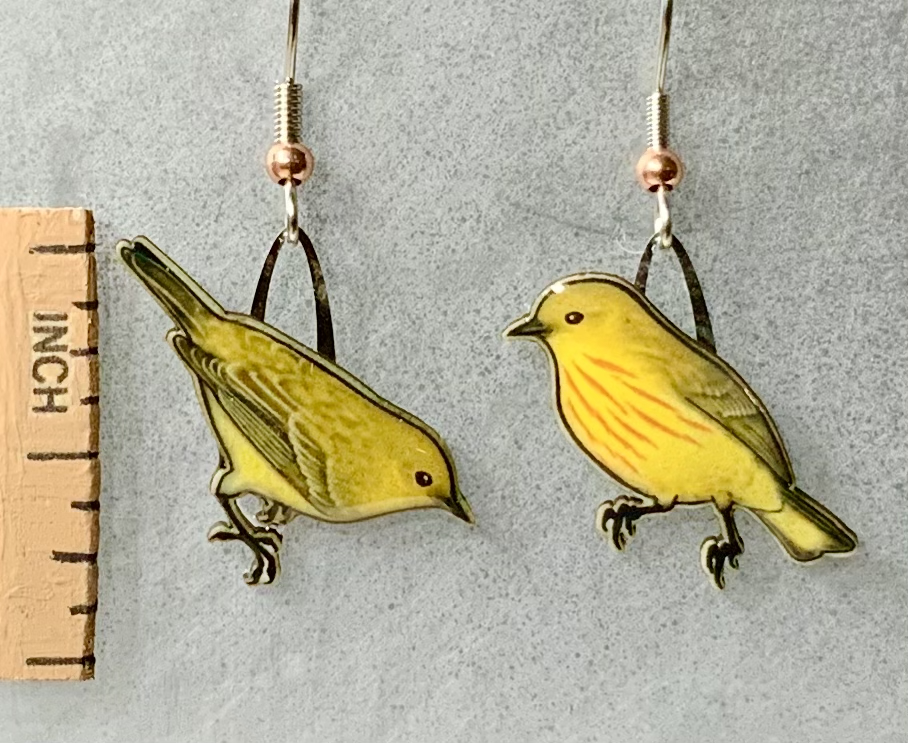
Very common and easy to find in almost all North America. In Southeast and Gulf states they will winter are less likely to be summer residents.

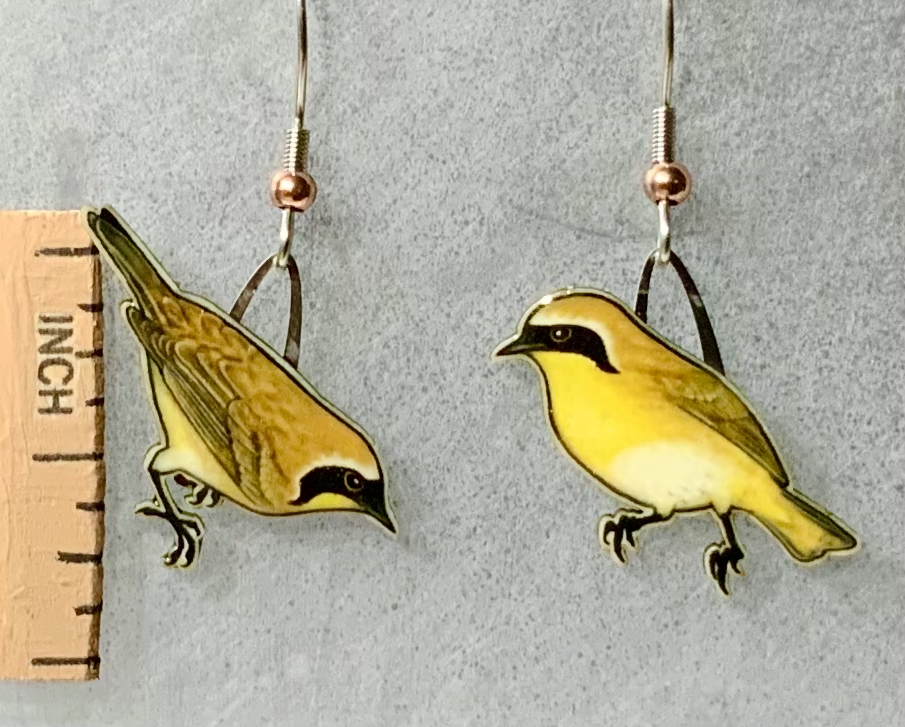
Hence their name they are very common throughout North America wherever their preferred habitat is found. That is the edges of marshes and wetlands. In Florida, Texas and around the Gulf shore their presence is more limited to wintering and migration.
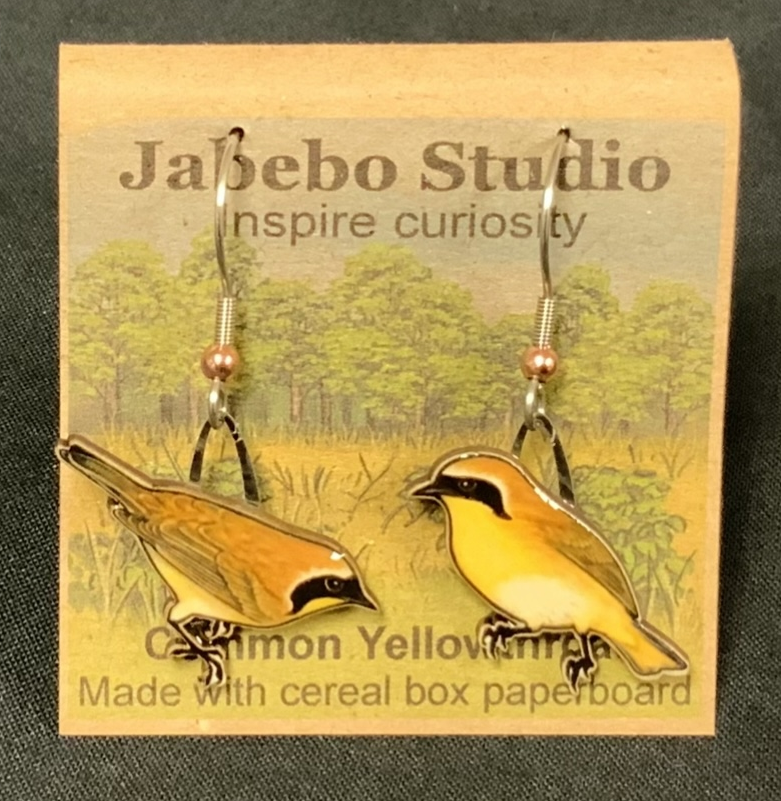
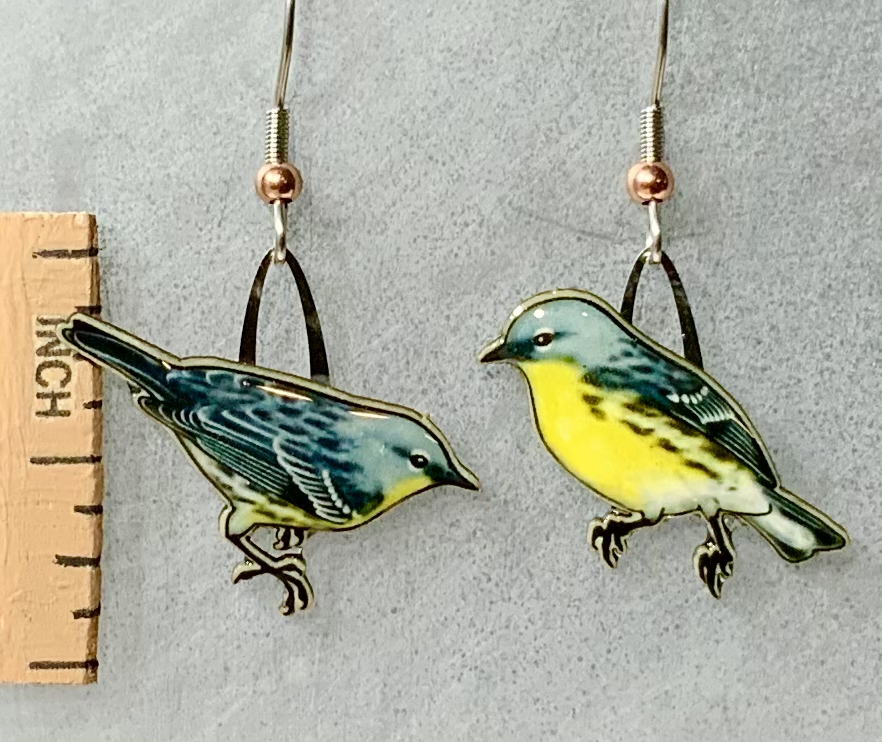
These rare and endangered warblers have very specific needs for breeding. They require jack pine forest found in parts of Michigan and Wisconsin although their population strong hold is in the Huron-Manistee National Forests of Michigan’s southern Peninsula. They are seen along migration routes to their wintering site in the Caribbean but sightings are not frequent.
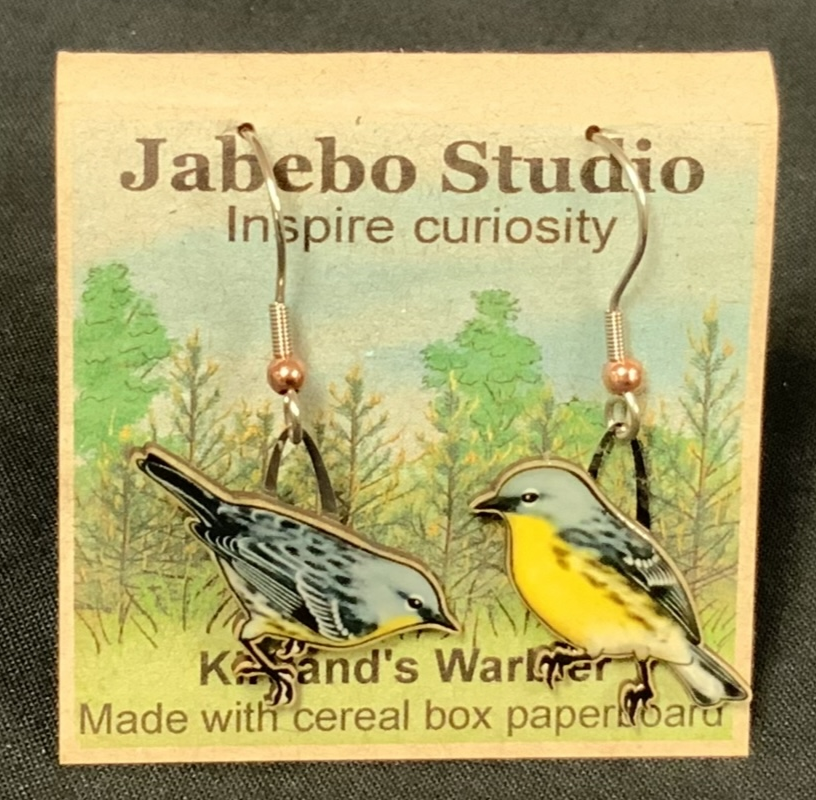
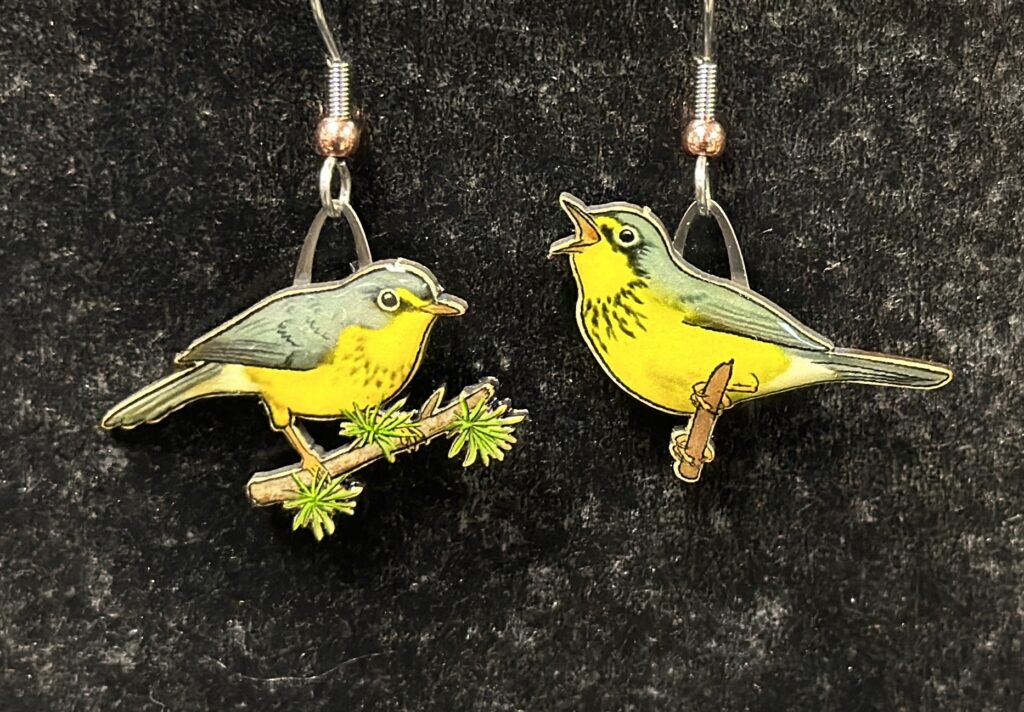
As their name implies, they are primarily summer residents of northern US and Canada. Further south, they like higher altitudes featuring boggy habitats. Our female is perched on a tamarack to reference their association with boggy northern forests.

New Photo Coming Soon!
Yellow-rumped Warbler (Myrtle) is available to order!
Breeds in conifer forest of Canada and northern US states as well as mountainous areas further south. They are numerous and winter in large numbers in the south and southeast. There are two distinct populations with different common names, the Myrtle Warbler and the Audubon’s Warbler(Below).
New Photo Coming Soon!
Yellow-rumped Warbler (Myrtle) is available to order!
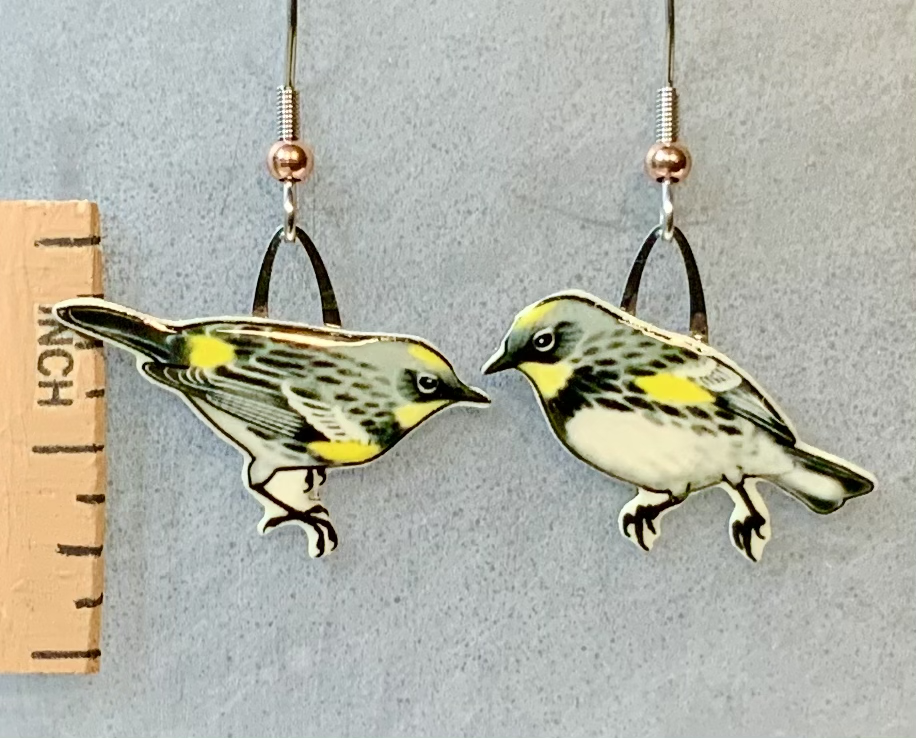
Breeds in conifer forests of Western United States. There are two distinct populations once classified as separate species, the Myrtle Warbler (Above) and the Audubon’s Warbler.

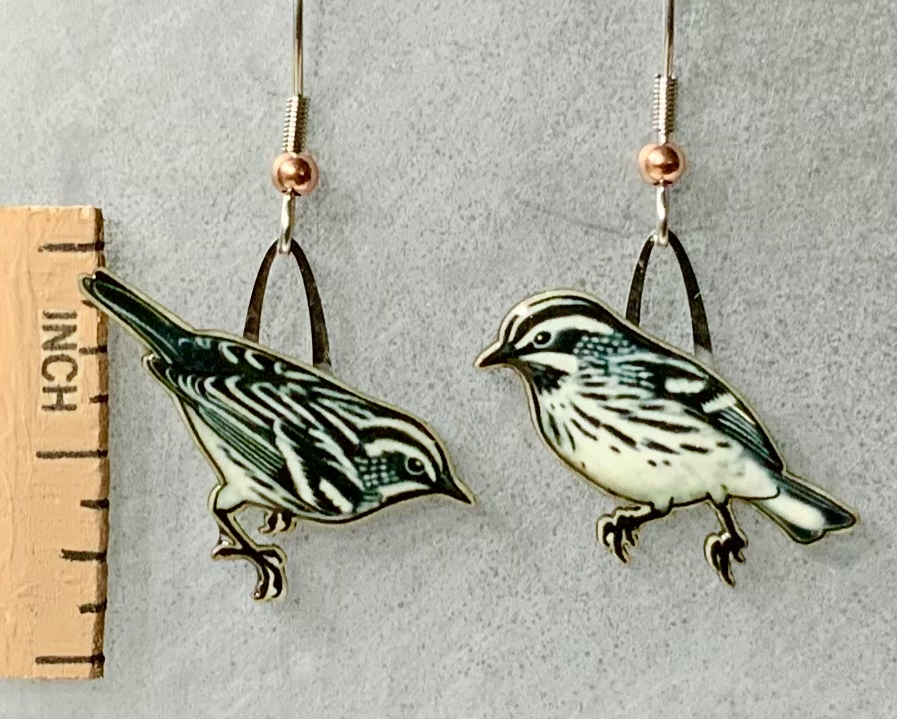
A common breeder in a variety of forest habitats of east US and Canada. They are also common winter residents of Florida and Texas.
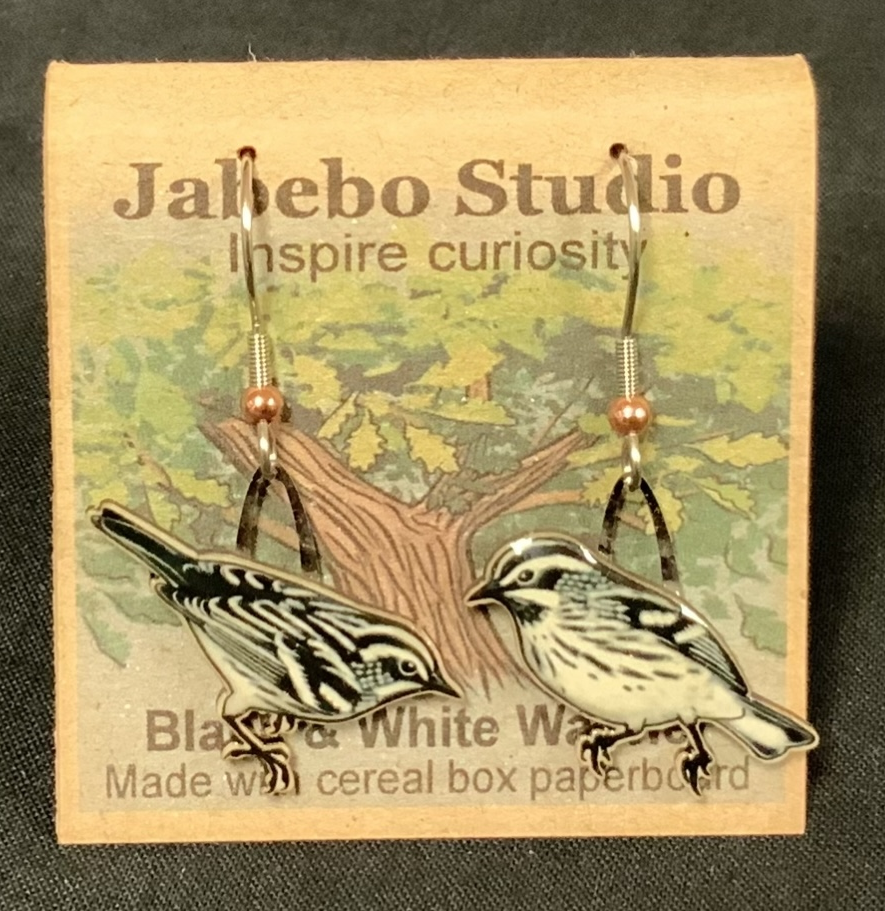
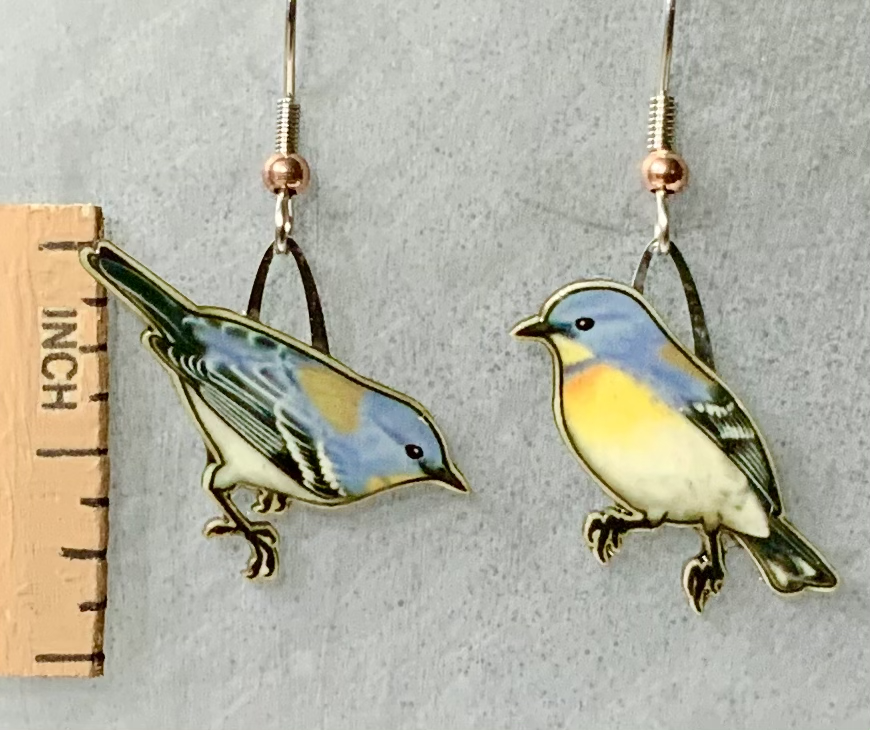
Common resident of eastern woods where they find their specific needs. They like mature riparian woods, that is old growth along streams and rivers.
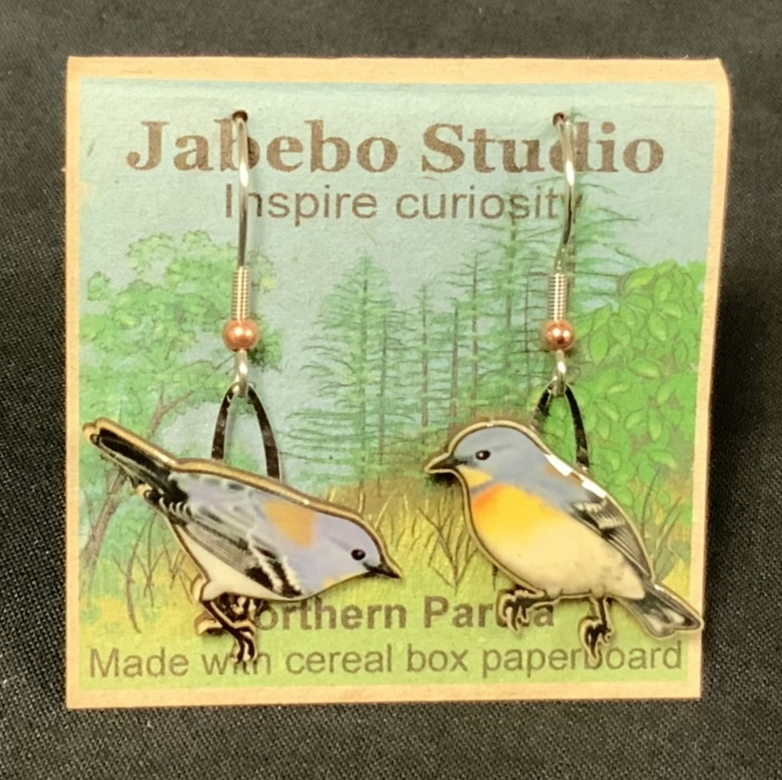
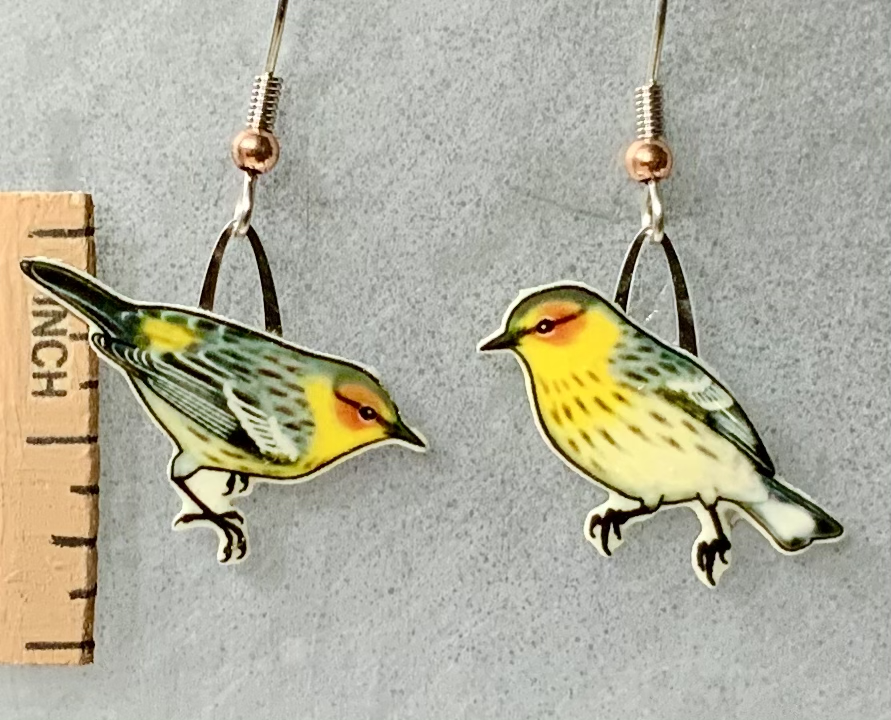
Breeds in boreal forests of Canada but migrates through Eastern US.
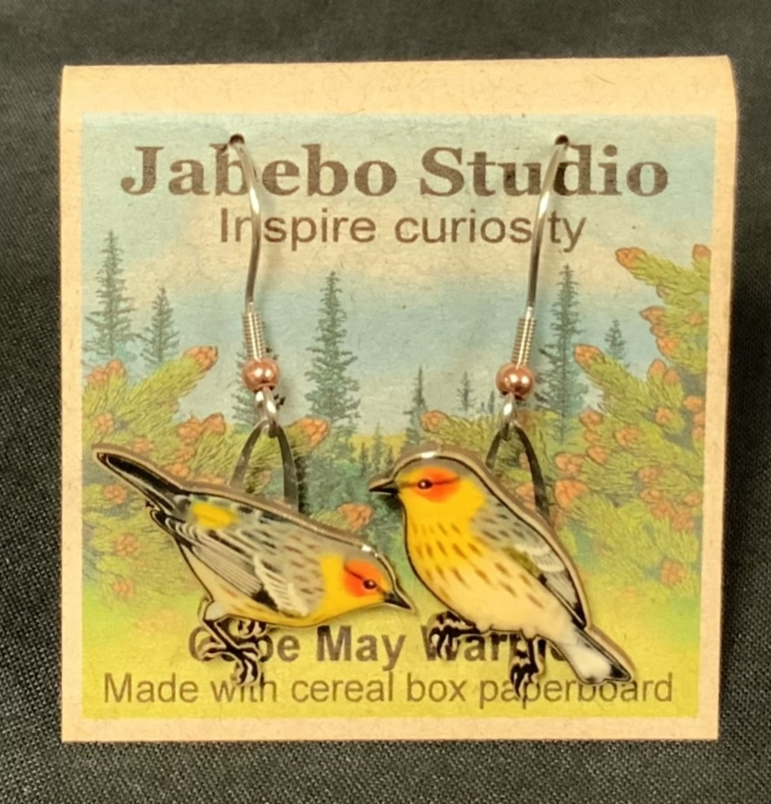
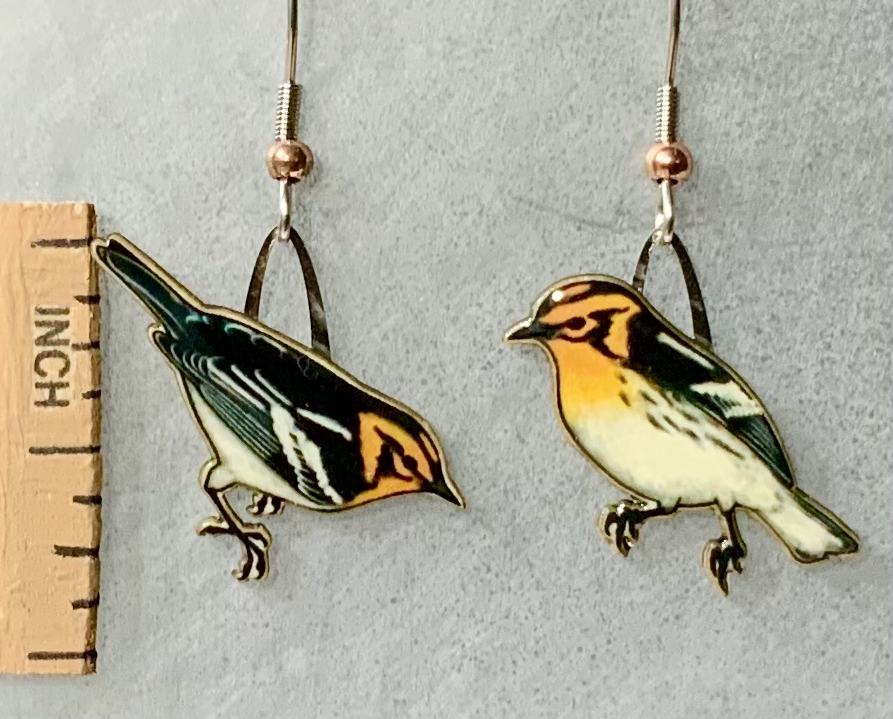
Breeds in conifer forests of Canada and northeastern states down through the Appalachian Mountains. A migrant through other parts of eastern US.

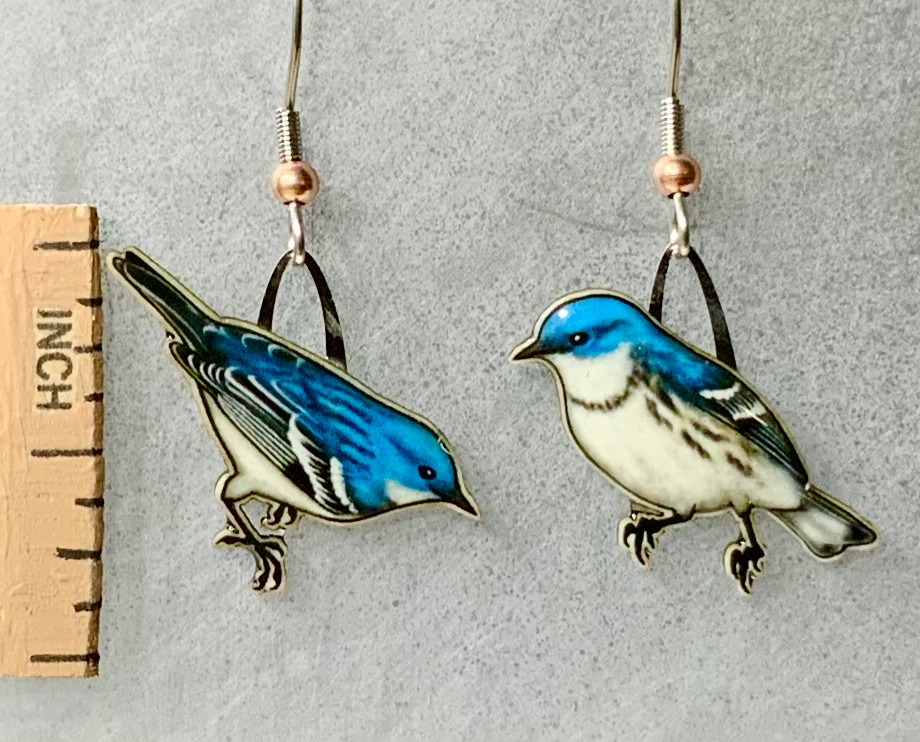
Breeds in deciduous forest of northern United States and migrates south over the Gulf of Mexico and through Texas.

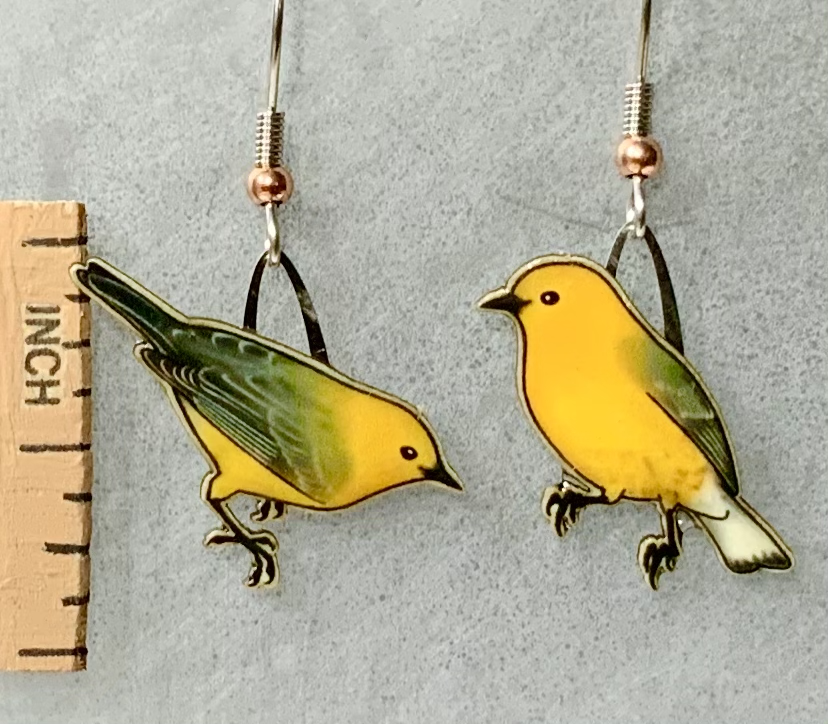
Breeding habitat is mature wooded swamps of the east and especially in the southeast, such as bald cypress or Tupelo.
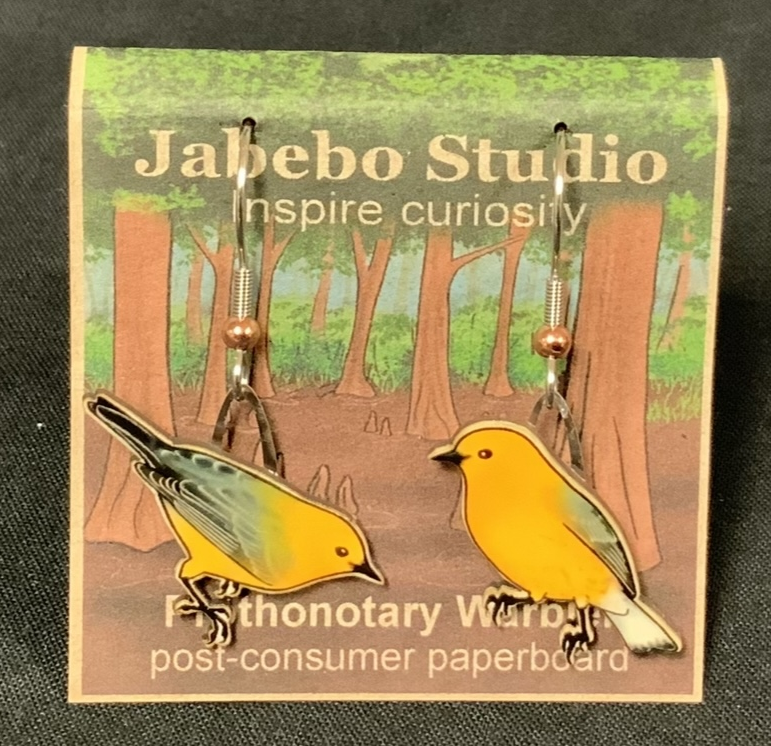
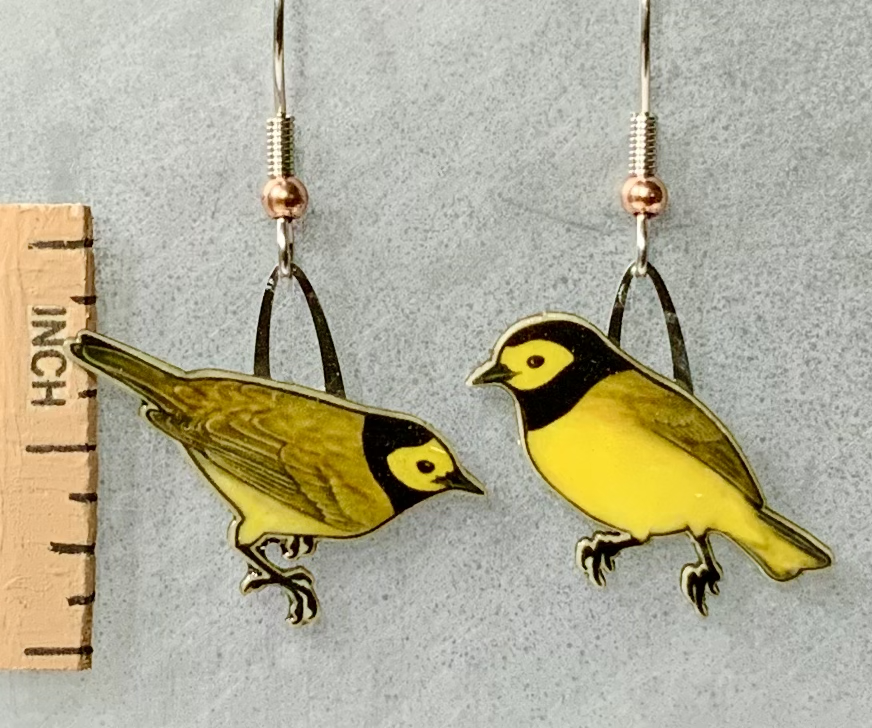
They nest in deciduous forests of the eastern US. More specifically they like woods open enough to have some degree of scrub understory. They winter and or migrate through Florida and Texas.

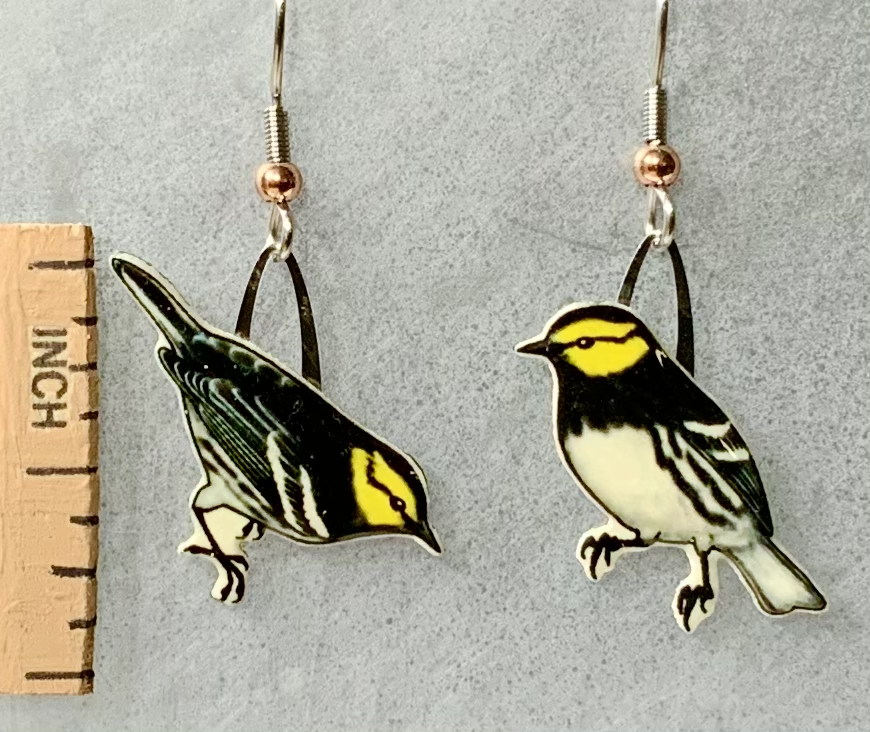
Endangered and endemic to central Texas. Their specific habitat needs are juniper-oak mixed woods.

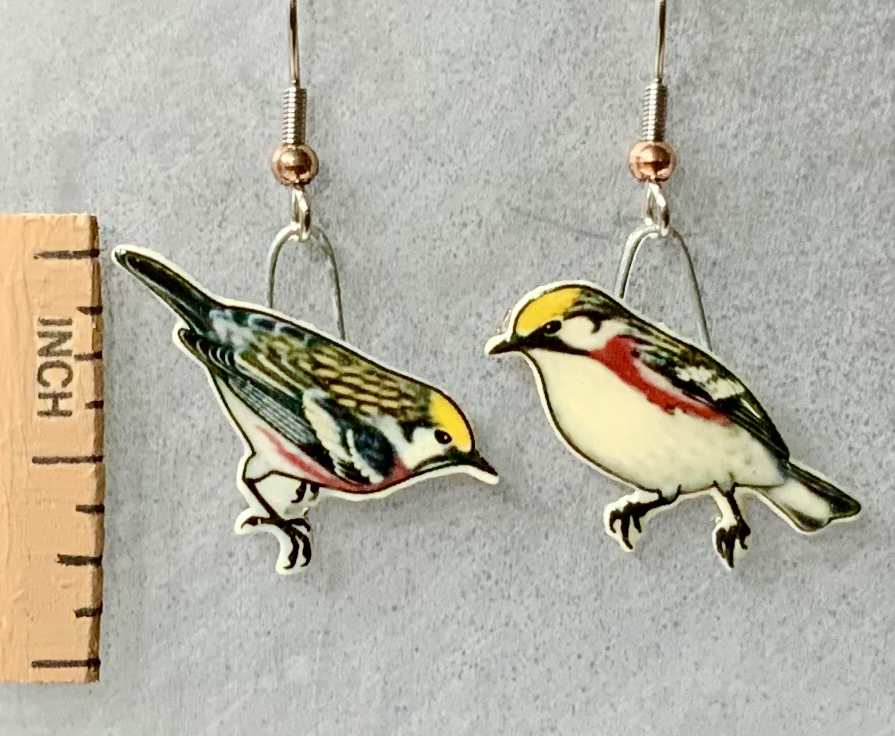
Summers in eastern Canada and into the northern states and Appalachia. They like young deciduous forests.

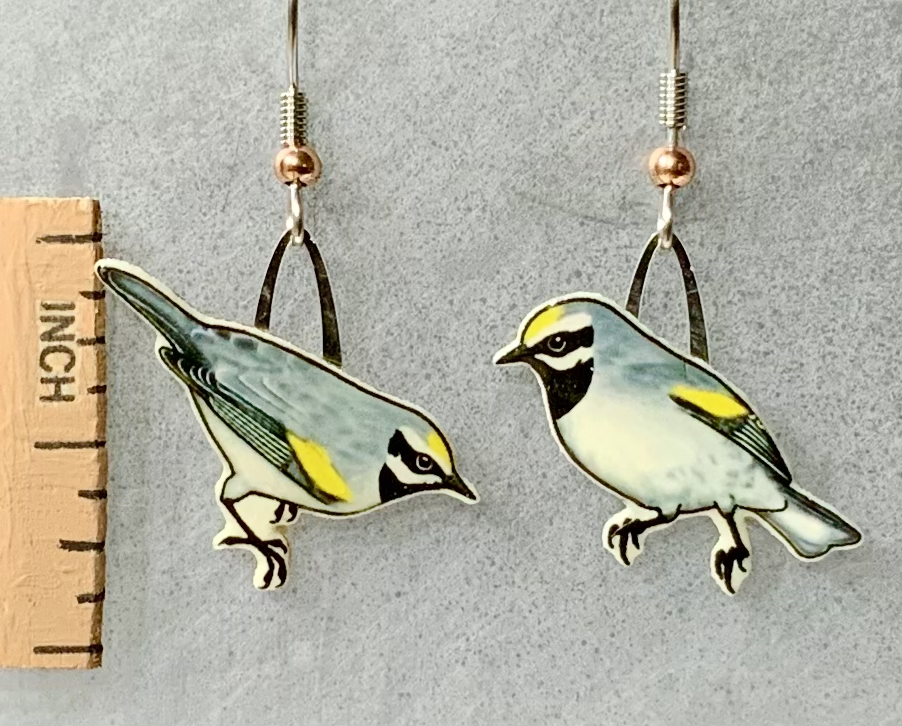
Not your typical backyard bird. A decreasing species of the Midwest to northeast temperate region. They depend on the natural regenerative growth after periodic fires and floods. Since such events are suppressed in our highly managed landscapes this type of transitory habitat is increasingly rare.
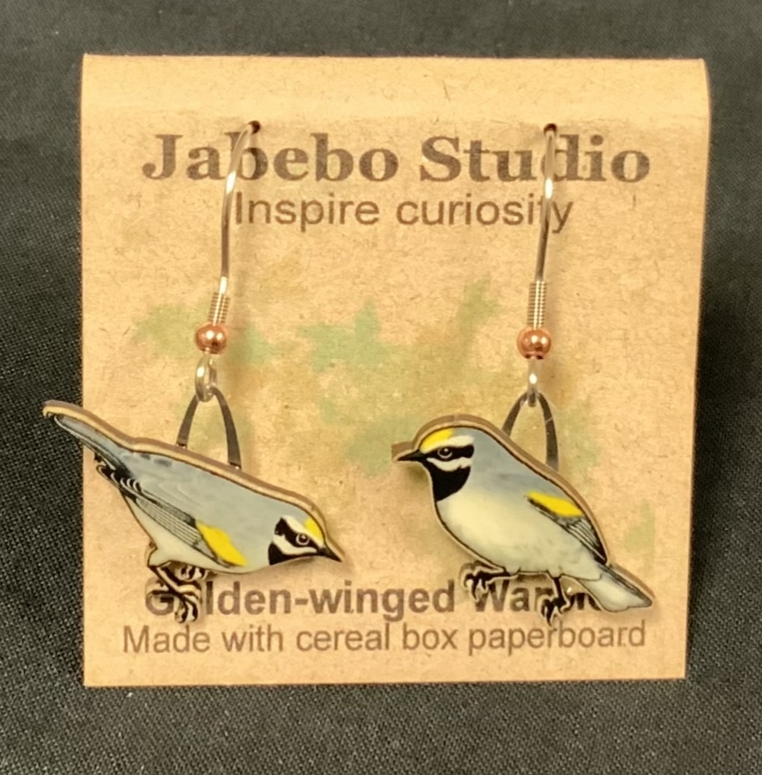
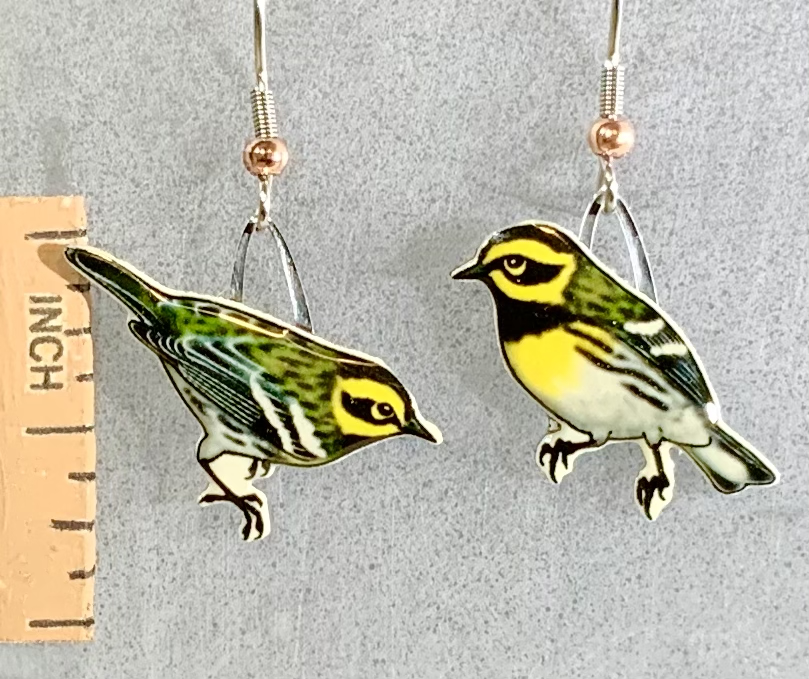
A common summer resident of the Northwestern forests from Oregon to Alaska.


Woodlands, primarily deciduous, of the midwest and east and north to many parts of East and West Canada. Not a likely summer resident of Florida, Texas or western states but migration flows through most all regions from points north.
